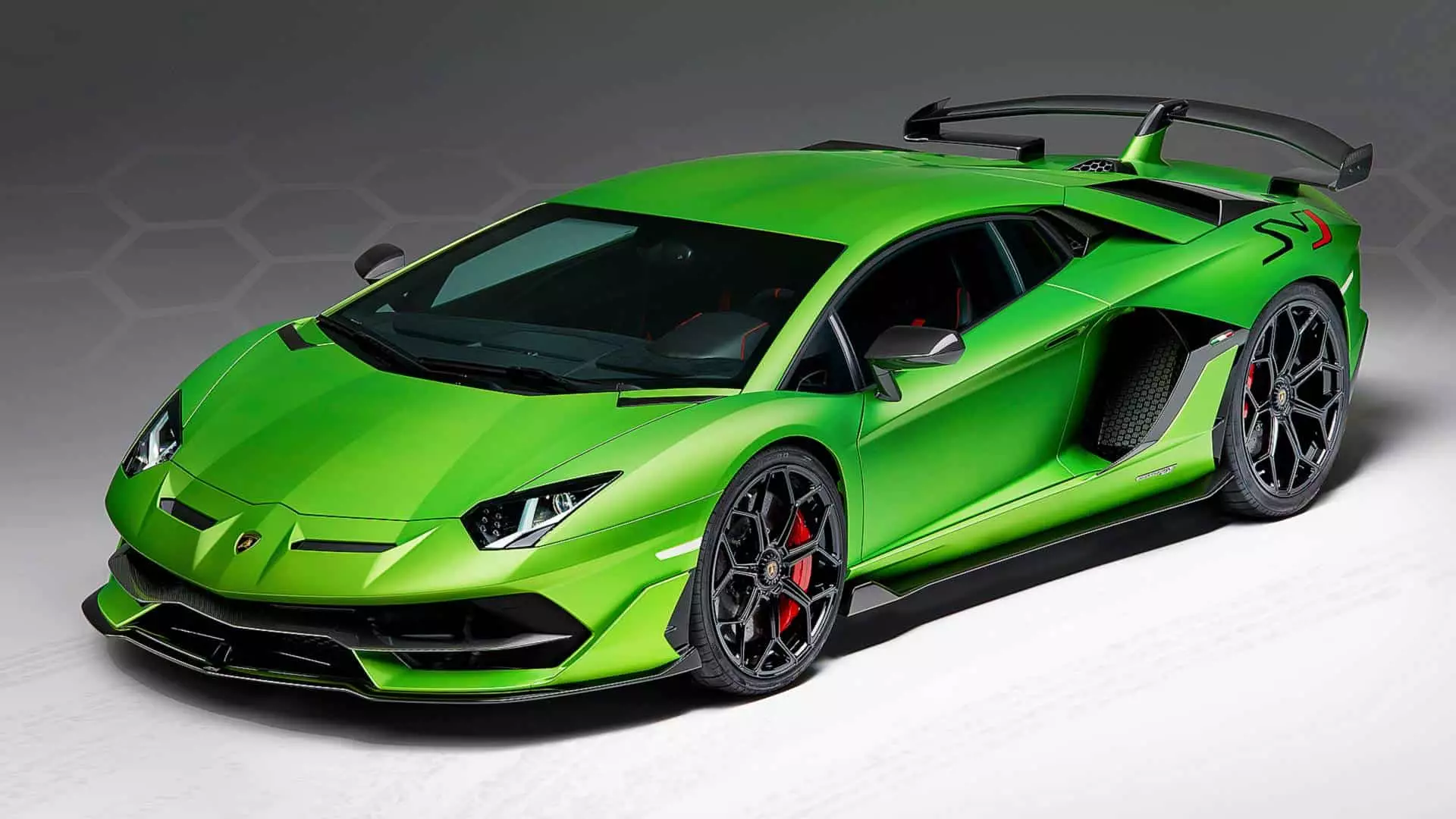Automobili Lamborghini’s latest venture into the metaverse signals a dangerous obsession with appearing cutting-edge. While some may hail this move as a bold leap into the future, it conceals a deeper concern: the potential dilution of the brand’s core identity. Lamborghini has built its reputation on precision engineering, aesthetic mastery, and an aura of exclusivity rooted in physical craftsmanship. Venturing into a sprawling, photorealistic virtual universe risks transplanting those qualities in a digital space that is inherently transient and susceptible to mass commodification. Instead of strengthening its storied heritage, Lamborghini risks chasing fleeting trends that could eventually undermine its luxury image.
The Illusion of Connecting the Virtual and Real Worlds
By branding digital assets like the Temerario and GT3 as “digital twins,” Lamborghini claims to bridge physical and virtual automotive experiences. But is this really a meaningful progression, or merely a gimmick designed to boost hype? Creating NFTs of high-performance cars within Wilder World and promising their interoperability through platforms like Motorverse presents a tempting fantasy where luxury becomes interchangeable and endlessly replicable. This breaks from the essence of automotive exclusivity, where ownership symbolizes status and craftsmanship. Turning these models into mere collectibles dangerously commodifies a tradition meticulously cultivated over decades, ultimately stripping the brand from its tactile, emotional roots.
The Pitfalls of Web3 Evangelism in the Luxury Sector
Lamborghini’s push into Web3, NFTs, and open-world metaverse environments demonstrates a clear intent to stay relevant among digital-native audiences. However, this enthusiasm is often misplaced. The embrace of interconnected blockchain assets and virtual worlds is driven more by hype than by strategic brand development. Industries like fashion and luxury have sometimes fallen prey to fleeting digital attention spans, leading to overinflated expectations. Automobili Lamborghini risks prioritizing ephemeral digital assets over real-world craftsmanship, thus blurring the boundaries between true craftsmanship and simulated experiences. There’s a danger that this approach prioritizes short-term engagement over long-term brand integrity.
The Broader Cultural Consequences of Virtual Branding
Automobili Lamborghini’s partnership with Wilder World and Animoca Brands epitomizes a broader trend: traditional brands shoehorn their luxury identities into digital ecosystems that are still unproven in terms of stability and cultural depth. If this strategy fails to resonate or becomes a passing fad, Lamborghini’s foray into the metaverse might become a costly misadventure. More critically, it raises questions about authenticity. The company’s focus seems to shift from the purity of automotive design to the spectacle of digital ownership. In doing so, it risks fostering a disconnect between the brand’s well-earned reputation for physical excellence and an overly digitalized, less tangible future.
The Reckoning for the Overhyping of Digital Collectibles
The hype surrounding digital collectibles, NFTs, and the promise of virtual worlds has often been exaggerated. Lamborghini’s entry, while bold, might be overestimating the permanence and value of virtual assets. Limited-edition NFTs of hypercars might be attractive now, but how many will still matter in a decade? Will these digital variants remain desirable as the hype fades? The risk is that Lamborghini, a brand rooted in legacy and tangible excellence, becomes a pawn in a speculative digital game—one driven more by investor greed and market mania than by genuine innovation. If the company’s primary motivation is to chase trends rather than serve its loyal clientele, the move could backfire, undermining the very exclusivity it seeks to enhance.
The Potential Future of Digital Lamborghini: A Distraction or a Strategic Shift?
Ultimately, Lamborghini’s initiative into the metaverse and Web3 is a double-edged sword. On one hand, it represents a bold attempt to enter the digital age, potentially opening new revenue streams and engaging a younger demographic. On the other hand, it risks becoming a distraction from the brand’s fundamental strengths—its engineering mastery and cultural heritage. If it dances too eagerly to the digital tune, Lamborghini could find itself disconnected from its core audience: passionate car enthusiasts who value craftsmanship and exclusivity over virtual collectibles. While innovation is vital, it must be grounded in strategic intent—not driven by fleeting buzzwords and the allure of digital fame.














